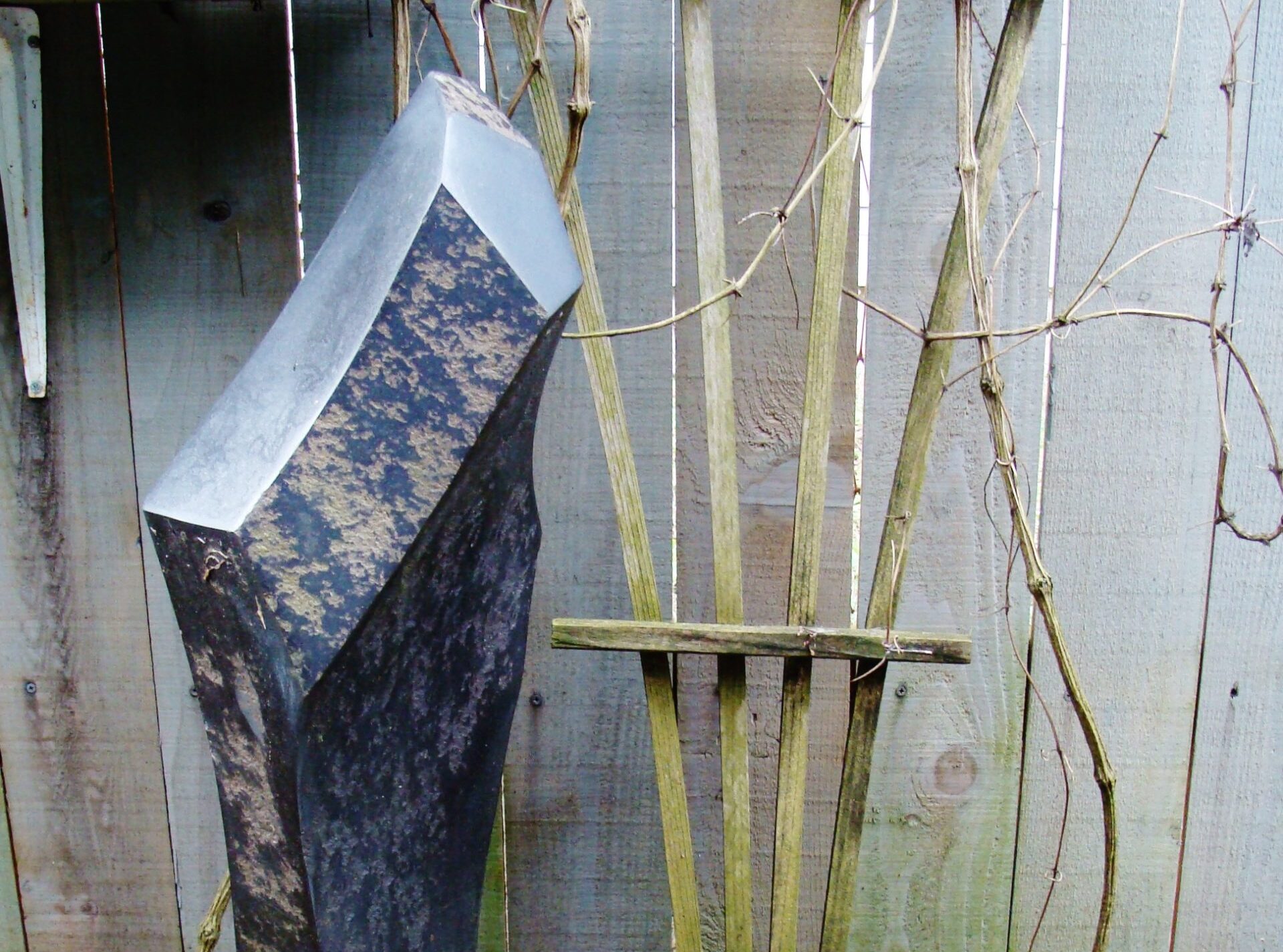

SNW: Tell us about yourself and how you became an artist.
GS: I’ve loved art since I was a small boy wallowing in sloppy finger paints, temperas, and squeezy clay at Seattle’s John Muir grade School and later at Cornish Art School. Then, in one of my first issues of Popular Mechanics, I saw an article about Brancusi’s “Bird in Flight” with a small picture. It was about whether it was fine art or raw material that would be subject to import tax. The small picture of the piece fascinated me. It was my first awareness of abstract art and I loved it for its simplicity and its ability to represent both form and movement. From that moment I knew I wanted to be a sculptor.
Persuaded that I needed to pursue a career in the practical world, art was kept as an occasional hobby until I retired. During the working years I dabbled in drawing, stained glass, wire sculpture, and clay. I bought some small pieces of soapstone that I carved with wood carving tools. Then a friend told me about Pratt where I found a class in beginning stone sculpture with Kalia (then Suz) Gentiluomo and my passion for stone was ignited.

SNW: Who or what has influenced your art form?
GS: After my eyes were opened by Brancusi, I was awed by the skills of the figurative artists, including Rodin, Michelangelo, Leonardo da Vinci and Degas. Due to my untrained hand and my Essential Tremor, my drawings and sketches told me figurative work was beyond my reach. But sculpting itself provided a consistent focus for my Attention Deficit Disorder and stone resists my shaking hands enough to allow satisfactory forms to emerge. It seems to help with the sanding and polishing, but I have to keep my fingernails short.
SNW: Why is art important to you?
GS: Sculpting gives me a sense of participating in both history and of leaving a legacy for the ages beyond my lifetime – my mark on the world. It is most of all a means to express things that seem to come directly from my soul – a place without words.
SNW: How has NWSSA influenced your work as an artist?
GS: I’m glad you asked that question. Becoming a member of NWSSA has meant the opportunity to learn, to stretch myself as an artist and, most of all, to join a supportive community of people whose passion for their art is electric and invigorating.
SNW: Describe your art in your own terms – focusing on your stone carving.

GS: My art seems to follow a few themes. I love it when I can create a piece that seems to soar, to lift its own weight and carry the eye upward with it. Another group seems to include shrouded or hooded figures. I’m not Catholic so I don’t see nuns – babushkas or ponchos, perhaps. And now, thanks to a class at Camp B with Tone Orvik, and much help from Sabah Al-Dhaher, I’ve challenged myself to the figurative zone with some measure of success.
SNW: Is your art representational and/or non- representational?
GS: Although I do some representational pieces, which are a struggle for me to complete to my satisfaction, my real enjoyment is in the abstract, where form and movement are paramount. It is then that my soul sings.
SNW: How do you get your ideas?
GS: Nearly all my pieces are surprises to me. If you give me a squared-off stone, I can’t see into the stone enough to find what’s there that wants to come out. When I bought three blocks of Brazilian soapstone with square edges and flat faces, I found myself boring into the stone to develop movement and form inside – my Interiors series – where I left the exterior faces flat and corners square.

So I usually just start carving until the stone voices its preference. I keep my linear brain occupied with finding names that might fit the piece as it develops. Similarly, most of my figurative pieces evolve rather than follow a plan or preconceived idea. Once in a while I’ll have an idea that I work out in clay first. I did that with Muse and it took three modeling sessions and many classes with Sabah to make it work.
SNW: Do you work part or full time as an artist?
GS: I have the luxury of being retired, so I take what time I can to sculpt. For the past two years we’ve been building a new house and studio where our old cabin was on Vashon Island. I reread Bill Weissinger’s articles on building a studio and am almost finished setting it up so I can get back to sculpting.
SNW: What stones do you prefer?
GS: Soapstone, in all its wonderful colors and forms is both fast and forgiving. Alabaster has provided some wonderful pieces. I’m learning the harder stones, like granite and basalt. But limestone and marble, the kinds that are fine and dense, but not stiff are my favorites. Right now I have two limestones, three alabasters, and a marble in progress, with a sandstone, a pyrophyllite, and a chlorite waiting in the wings.
SNW: What tools do you use?

GS: My favorite tools are my old, angle-cut wood carving chisel, my Bantam pneumatic chisel and my angle grinders. My great-grandfather was a blacksmith and carpenter, my grandfather was an inventor and patent attorney, my father was an engineer whose workshop filled with the tools of his heritage. My love of tools was founded in that environment, and I seem to have more than any sane person should acquire.
SNW: Have you been influenced by any particular artist?
GS: Lots of them! Before I even took my first class from Kalia I was searching the Internet for sculptors and found Joanne Duby’s site. Her work showed styles I wanted to create. I emailed her asking if she ever taught in the Northwest. I was amazed and delighted when I met her two years later at Camp B.
The talent and skill of Sabah al Dhaher keep drawing me to learn more. But every time I go to a symposium I find myself rubbing shoulders with artists of wonderful skill and vision from whom I glean ideas and techniques and attitudes to add to my repertoire. The camaraderie and willingness to share offered by the members who gather there is like coming home from a long and lonely voyage.
SNW: What have been your satisfactions in your life as an artist?

GS: It is always wonderful to sell a piece to someone whom I know will enjoy it as much as I enjoyed creating it. But I was recently touched deeply by one friend and customer. Several years ago I sold her “Mother and Child,” which she installed on a Thai pedestal in the corner of her living room. I was honored to find it there among her large and impressive art collection. She had been battling cancer for nearly ten years when she finally succumbed early this year. At the wake that was held at her home I noticed that the piece had been replaced on the pedestal with a very nice glass piece. I asked her daughter about it and she said that her mother had taken it with her to her daughter’s home where she spent her last days and that she had kept it near her until she died. I cried.
What more could anyone ask for from their work? That is more important to me than if I had a piece in MoMA or the National Gallery. I cannot top that for both satisfaction and inspiration.

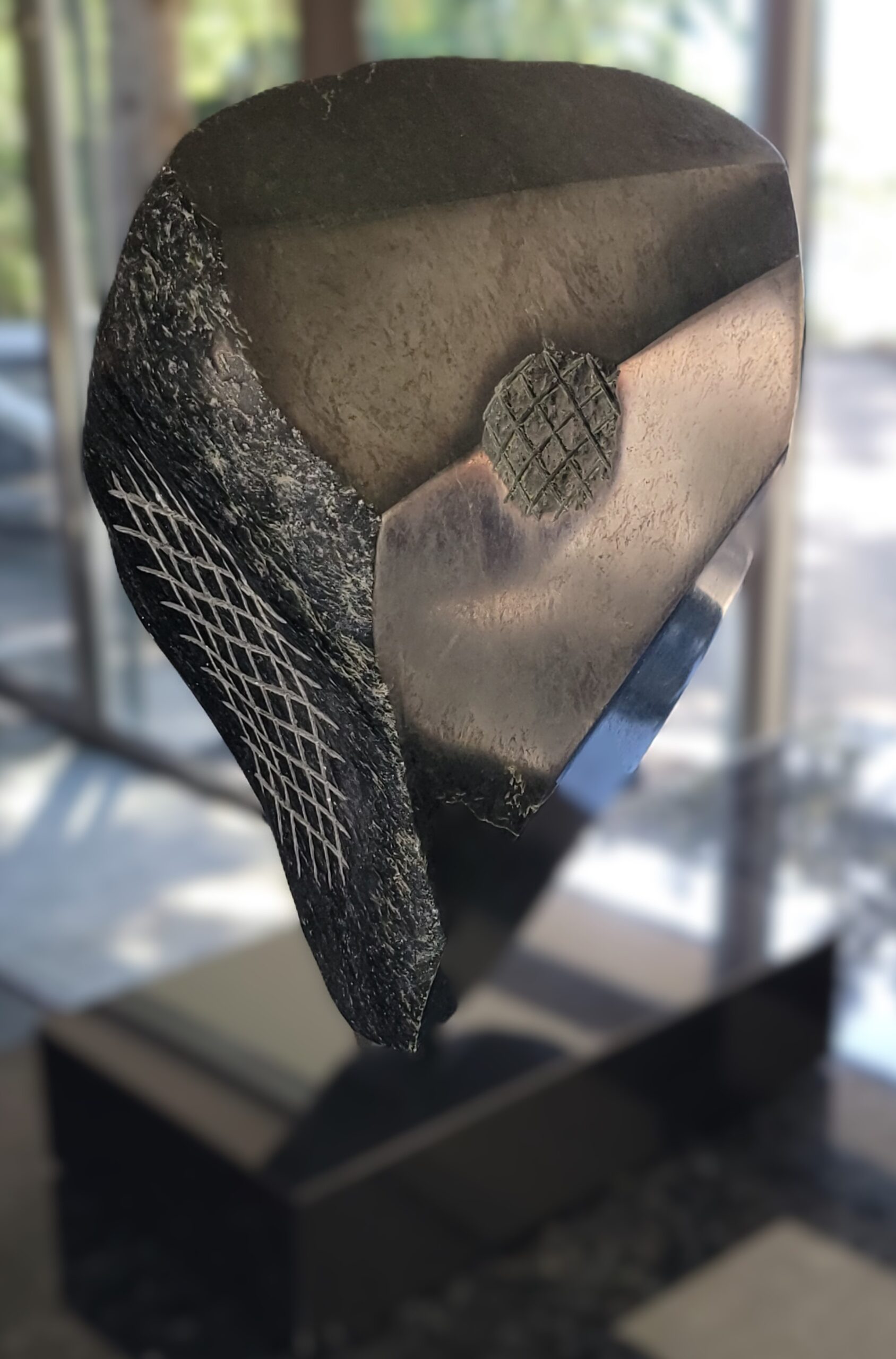
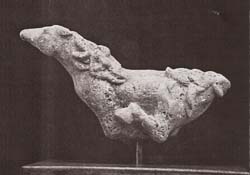
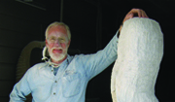


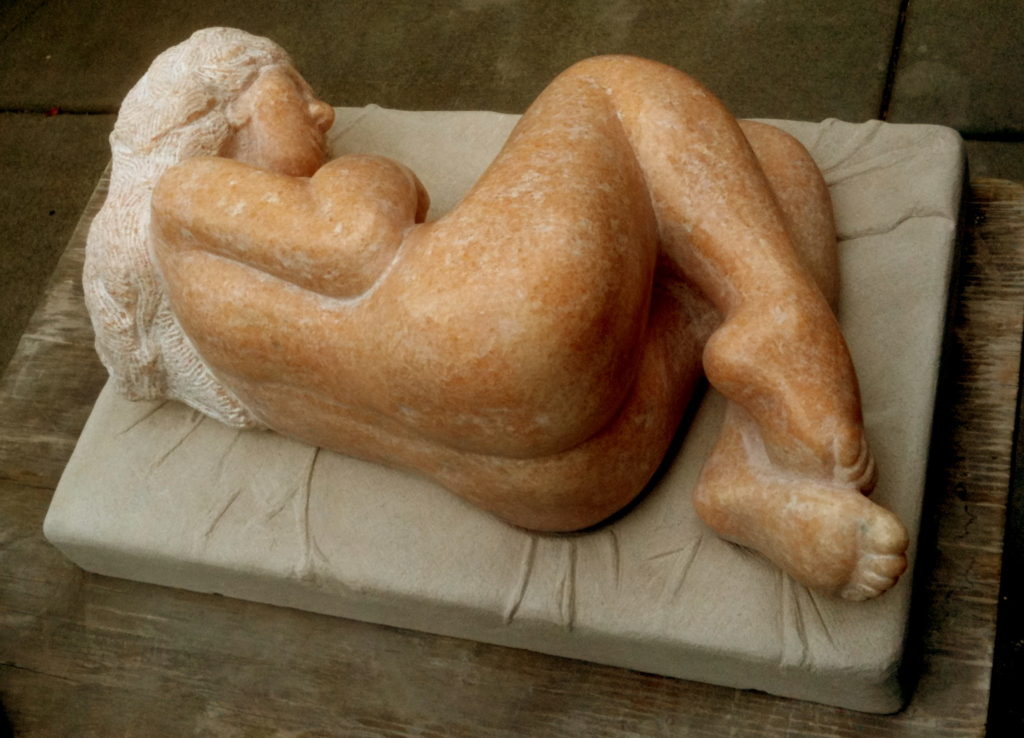

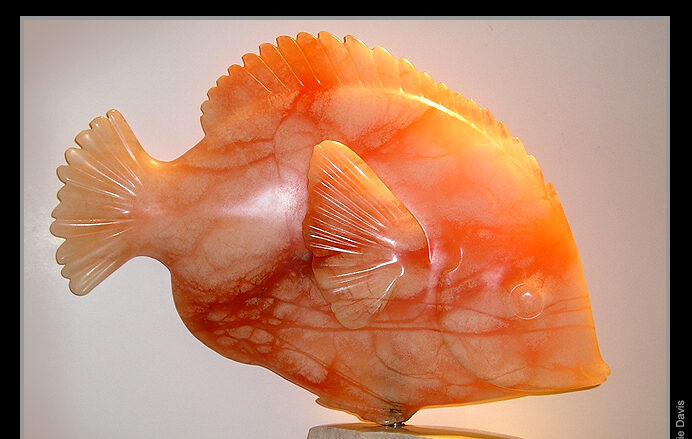
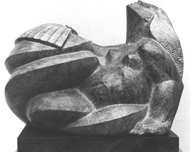

We need some kind of descriptive text here.